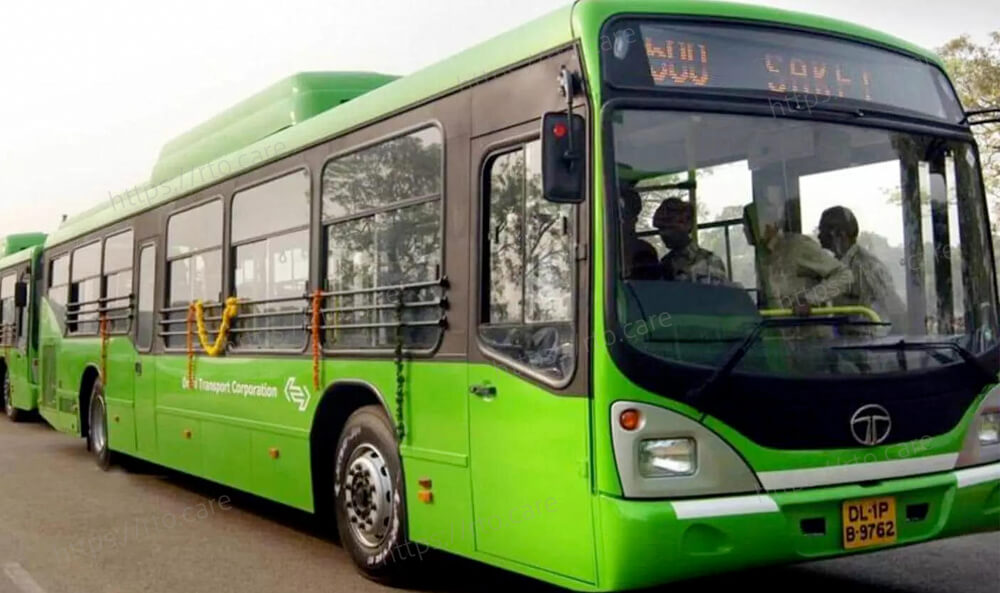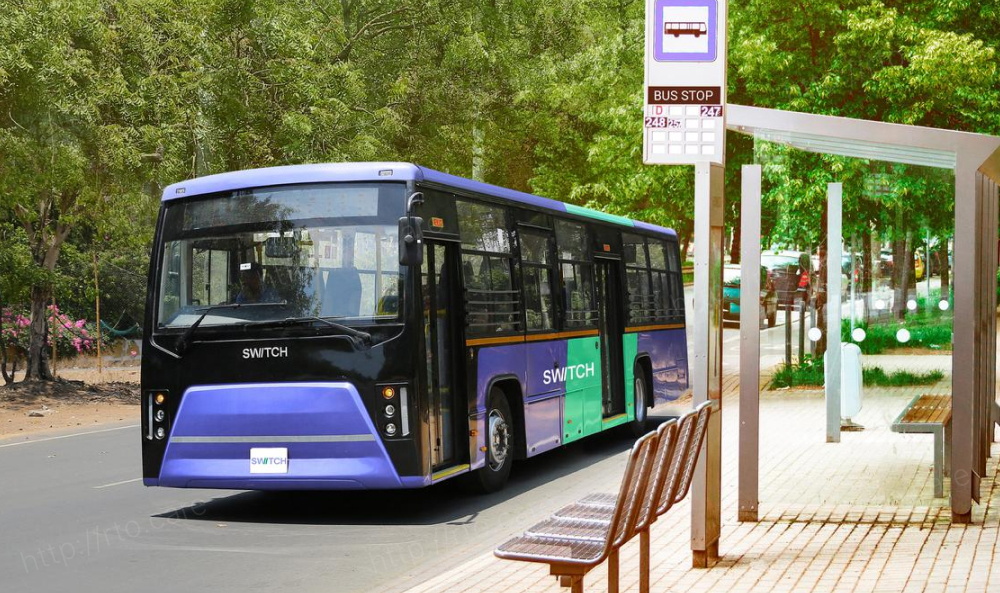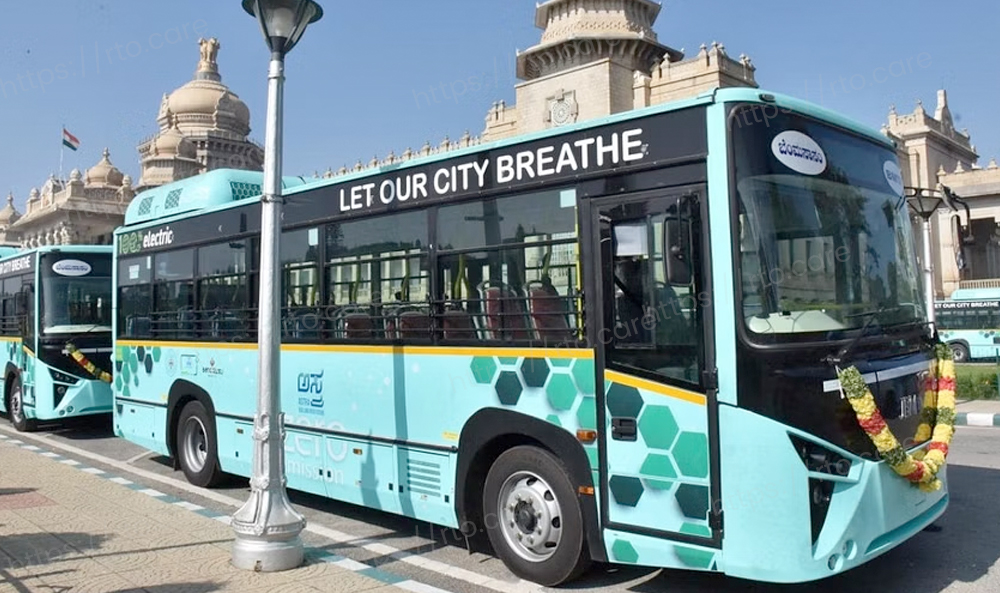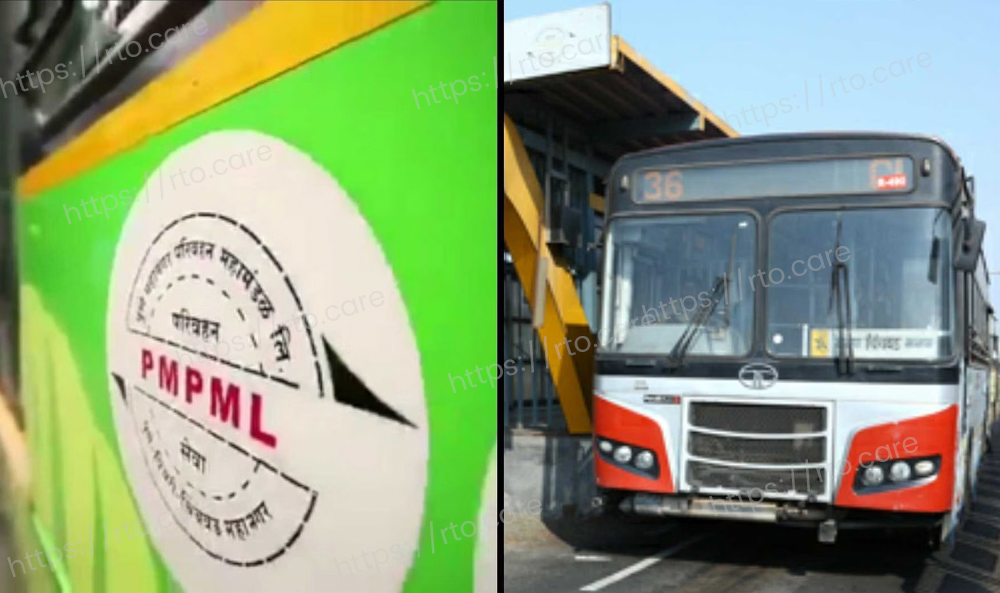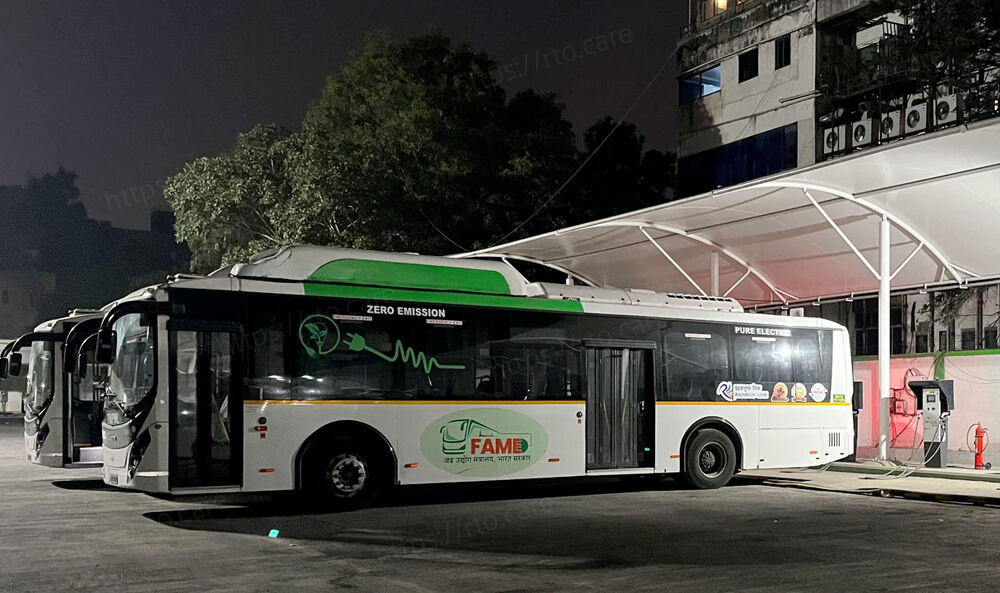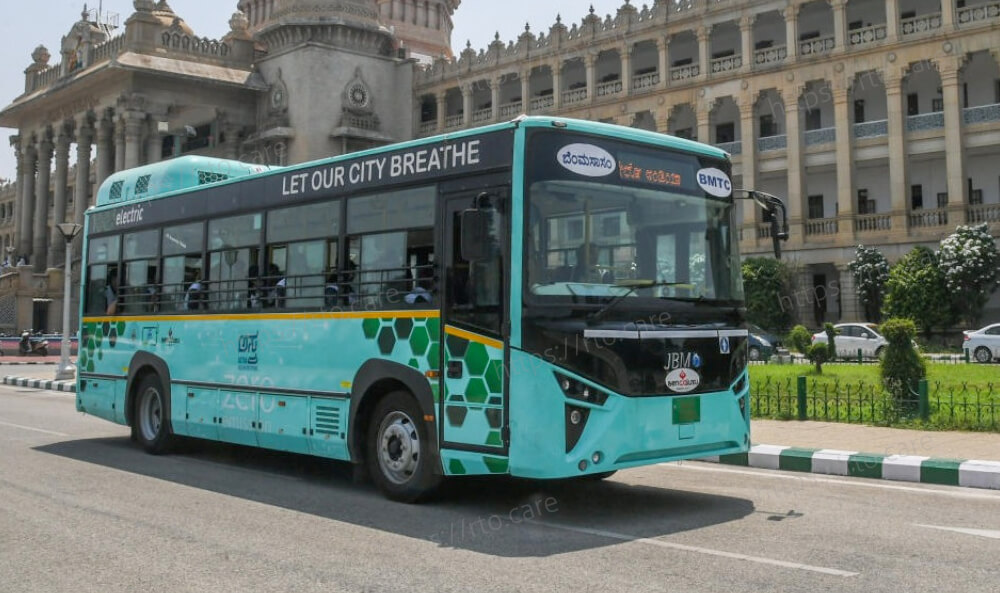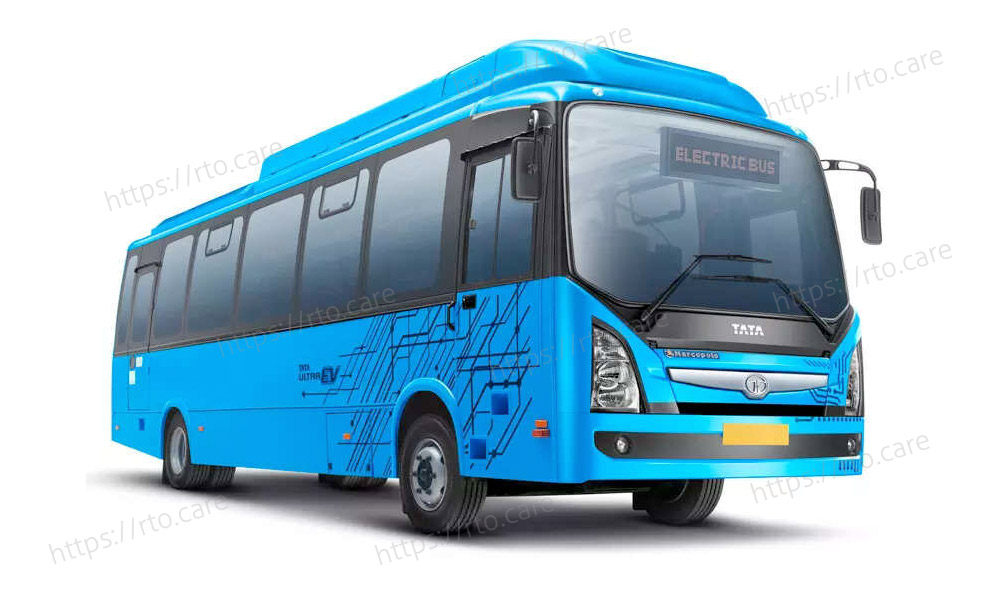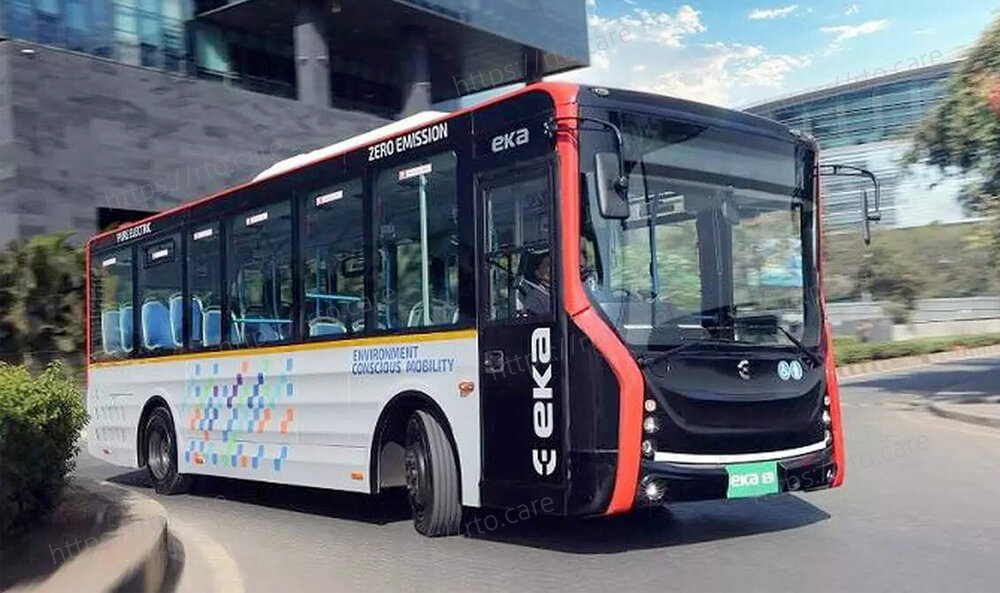While Acharya acknowledged that this asset-light deployment strategy has allowed ailing State Transport Undertakings (STUs) to deploy on a budget and in large numbers, there are still issues with depots' capacity to provide sufficient electricity for charging the projected induction buses. To guarantee sufficient load for charging electric vehicles, state governments would have to make investments in modernising the grids.
In the next two to three years, the Center wants to replace up to 30,000 diesel-powered, polluting buses with electric-powered ones. This will be India's major step toward sustainable transportation and present bus manufacturers with a $3.5 billion market potential.
Convergence Energy Services Limited (CESL), a state-owned business that manages the purchase of EVs for federal and state government agencies, predicted that the program's size will increase by more than three times over time.
According to CESL managing director Mahua Acharya, buses have the potential to increase the size of the EV fleet to roughly 100,000 units and have the greatest social and environmental effect. "100 000 units are definitely achievable. Reducing petroleum imports, a government objective, may be greatly aided by converting public transportation vehicles to electric,"Acharya added.
The "qualified demand" for buses at this time is between 25,000 and 30,000.
Even without incentives, the CESL tender that was published in January 2022 resulted in 27% and 23% cheaper prices for electric buses when compared to those powered by compressed natural gas and diesel, respectively. Every day, more than 1.6 million buses, the majority of which are diesel-powered, travel the roadways of India. About 10% of them are operated by State Transport Undertakings (STUs). Most of these STU-operated buses are experiencing financial difficulties. By using a gross cost contract approach that guarantees both a cleaner environment and lucrative operations, CESL has established a profitable path for STUs.
Numerous risk-reduction and streamlining techniques improved competitiveness, resulting in record-low pricing for 9-meter and 12-meter low-floor e-buses of 39.21 and 43.49, respectively, per kilometre (including the cost of charging).
While Acharya acknowledged that this asset-light deployment strategy has allowed ailing STUs to deploy on a budget and in large numbers, there are still issues with depots' capacity to provide sufficient electricity for charging the projected induction buses. To guarantee sufficient load for charging electric vehicles, state governments would have to make investments in modernising the grids.
"It is not possible to socialise the expense of updating transformers and cable connections. The availability of financial risk mitigation mechanisms is another crucial factor that will accelerate EV adoption,"She said.
